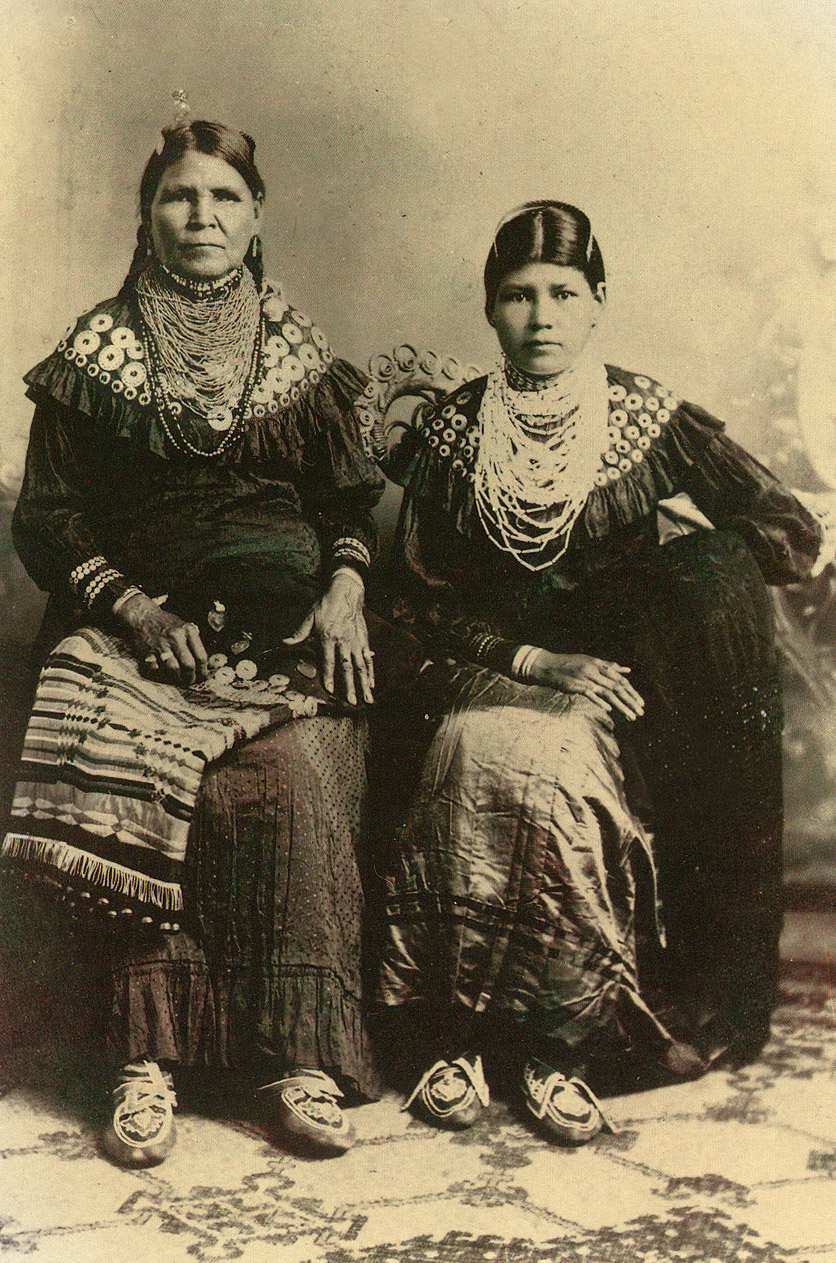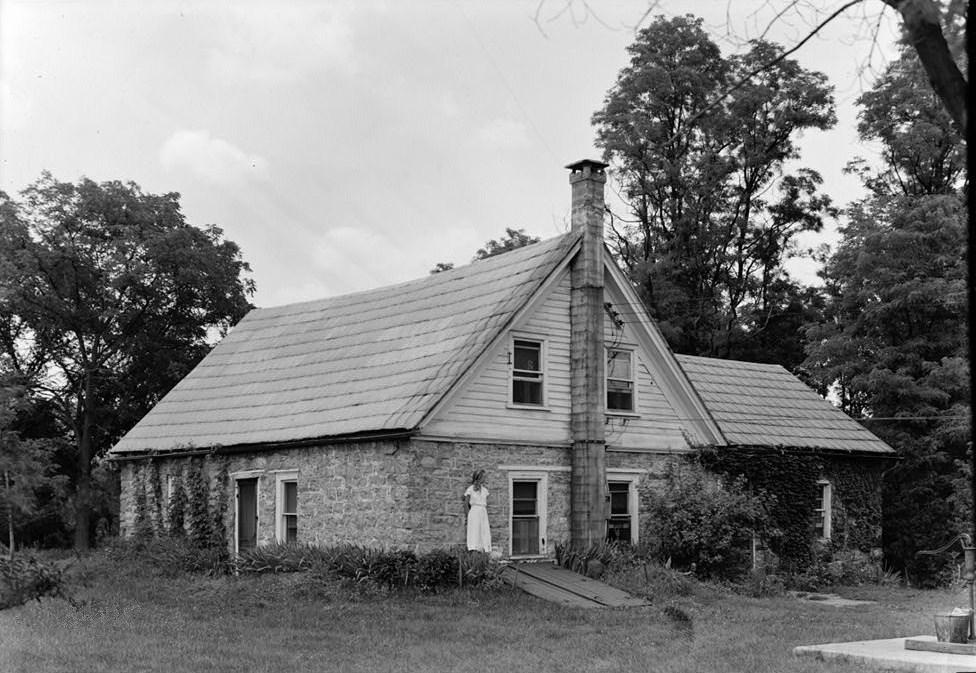|
Munsee
The Munsee () are a subtribe and one of the three divisions of the Lenape. Historically, they lived along the upper portion of the Delaware River, the Minisink, and the adjacent country in New York, New Jersey, and Pennsylvania. They were prominent in the early history of New York and New Jersey, being among the first Indigenous peoples of that region to encounter European colonizers. Name The name is also spelled Minsi, Muncee, or mə́n'si·w. ''Munsee'' derives from ''Minsi'', which in turn comes from '' Min-asin-ink'' (also Minisink), a placename that translates as "at the place where stones are gathered together." Territory The Munsee originally occupied the headwaters of the Delaware River in present-day New York, New Jersey, and Pennsylvania, extending south to the Lehigh River, and also held the west bank of the Hudson River from the Catskill Mountains nearly to the New Jersey line. They were bordered by the Mohican and Wappinger on the north and east, and fell ... [...More Info...] [...Related Items...] OR: [Wikipedia] [Google] [Baidu] |
Munsee Language
Munsee (also known as Munsee Delaware, Delaware, Ontario Delaware, ) is an endangered language of the Eastern Algonquian subgroup of the Algonquian language family, itself a branch of the Algic language family. Munsee is one of two Delaware languages (also known as Lenape languages, after the tribe's autonym). It is very closely related to the Unami Delaware, but the two are sufficiently different that they are considered separate languages. Munsee was spoken aboriginally by Lenape in the vicinity of the modern New York City area in the United States, including western Long Island, Manhattan Island, Staten Island, as well as adjacent areas on the mainland: southeastern New York State, the northern third of New Jersey, and northeastern Pennsylvania. As of 2018, Munsee was spoken only on the Moraviantown Reserve in Ontario, Canada, by two elderly individuals, aged 77 and 90, making it critically endangered. As of 2022, only one elderly native speaker remained. When the n ... [...More Info...] [...Related Items...] OR: [Wikipedia] [Google] [Baidu] |
Delaware Languages
The Delaware languages, also known as the Lenape languages (), are Munsee and Unami, two closely related languages of the Eastern Algonquian subgroup of the Algonquian language family. Munsee and Unami were spoken aboriginally by the Lenape people in the vicinity of the modern New York City area in the United States, including western Long Island, Manhattan Island, Staten Island, as well as adjacent areas on the mainland: southeastern New York State, eastern Pennsylvania, New Jersey, Connecticut, Maryland, and Delaware. Classification The Lenape language is part of the Algonquian branch of the Algic language family, and is part of the Eastern Algonquian language grouping which is considered to be a genetically related sub-grouping of Algonquian. The languages of the Algonquian family constitute a group of historically related languages descended from a common source language, Proto-Algonquian, which was descended from Algic. The Algonquian languages are spoken across Can ... [...More Info...] [...Related Items...] OR: [Wikipedia] [Google] [Baidu] |
Lenape
The Lenape (, , ; ), also called the Lenni Lenape and Delaware people, are an Indigenous peoples of the Northeastern Woodlands, Indigenous people of the Northeastern Woodlands, who live in the United States and Canada. The Lenape's historical territory included present-day northeastern Delaware, all of New Jersey, the eastern Pennsylvania regions of the Lehigh Valley and Northeastern Pennsylvania, and New York Bay, western Long Island, and the lower Hudson Valley in New York (state), New York state. Today communities are based in Oklahoma, Wisconsin, and Ontario. During the last decades of the 18th century, European settlers and the effects of the American Revolutionary War displaced most Lenape from their homelands and pushed them north and west. In the 1860s, under the Indian removal policy, the Federal government of the United States, U.S. federal government relocated most Lenape remaining in the Eastern United States to the Indian Territory and surrounding regions. The la ... [...More Info...] [...Related Items...] OR: [Wikipedia] [Google] [Baidu] |
Mohican
The Mohicans ( or ) are an Eastern Algonquian Native American tribe that historically spoke an Algonquian language. As part of the Eastern Algonquian family of tribes, they are related to the neighboring Lenape, whose indigenous territory was to the south as far as the Atlantic coast. The Mohicans lived in the upper tidal Hudson River Valley, including the confluence of the Mohawk River (where present-day Albany, New York, developed) and into western New England centered on the upper Housatonic River watershed. After 1680, due to conflicts with the powerful Mohawk to the west during the Beaver Wars, many were driven southeastward across the present-day Massachusetts western border and the Taconic Mountains to Berkshire County around Stockbridge, Massachusetts. They combined with Lenape Native Americans (a branch known as the Munsee) in Stockbridge, MA, and later the people moved west away from pressure of European invasion. They settled in what became Shawano County, Wis ... [...More Info...] [...Related Items...] OR: [Wikipedia] [Google] [Baidu] |
Wappinger
The Wappinger ( ) were an Eastern Algonquian Munsee-speaking Native American people from what is now southern New York and western Connecticut. At the time of first contact in the 17th century they were primarily based in what is now Dutchess County, New York, but their territory included the east bank of the Hudson in what became both Putnam and Westchester counties south to the western Bronx and northern Manhattan Island. To the east they reached to the Connecticut River Valley, and to the north the Roeliff Jansen Kill in southernmost Columbia County, New York, marked the end of their territory. Their nearest allies were the Mohican to the north, the Montaukett to the southeast on Long Island, and the remaining New England tribes to the east. Like the Lenape, the Wappinger were highly decentralized as a people. They formed numerous loosely associated bands that had established geographic territories. The Wequaesgeek, a Wappinger people living along the lower ... [...More Info...] [...Related Items...] OR: [Wikipedia] [Google] [Baidu] |
Lenapehoking
Lenapehoking () is widely translated as ' homelands of the Lenape', which in the 16th and 17th centuries, ranged along the Eastern seaboard from western Connecticut to Delaware, and encompassed the territory adjacent to the Delaware and lower Hudson river valleys, and the territory between them. Beginning in the 17th century, European colonists started settling on traditional Lenape lands. Combined with the concurrent introduction of Eurasian infectious diseases and encroachment from the colonists, the Lenape were severely depopulated and lost control over large portions of Lenapehoking. In the 18th and 19th centuries, the United States government forcibly removed the Lenape to the American Midwest, including the state of Oklahoma. Lenape nations today control lands within Oklahoma ( Delaware Nation and Delaware Tribe of Indians), Wisconsin ( Stockbridge-Munsee Community), and Ontario ( Munsee-Delaware Nation, Moravian of the Thames First Nation, and Delaware of Six Natio ... [...More Info...] [...Related Items...] OR: [Wikipedia] [Google] [Baidu] |
Minisink
The Minisink or (more recently) Minisink Valley is a loosely defined geographic region of the Upper Delaware River valley in northwestern New Jersey (Sussex and Warren counties), northeastern Pennsylvania ( Pike and Monroe counties) and New York ( Orange and Sullivan counties). The name was derived by Dutch colonists from the Munsee name for the area, as bands of their people took names after geographic places which they inhabited as territory throughout the mid-Atlantic area. Originally inhabited by Munsee, the northern branch of the Lenape or Delaware Indians, the area's first European settlers arrived in the late seventeenth and early eighteenth centuries and were Dutch and French Huguenot families from colonial New York's Hudson River Valley. The term "Minisink" is not used often today. It is preserved because of its historical relevance concerning the early European settlement of the region during the American colonial period and as an artifact of the early "first con ... [...More Info...] [...Related Items...] OR: [Wikipedia] [Google] [Baidu] |
Esopus People
The Esopus () were a tribe of Lenape (Delaware) Native Americans who were native to the Catskill Mountains of what is now the Hudson Valley. Their lands included modern-day Ulster and Sullivan counties. The Lenape originally resided in the Delaware River Valley before their territory extended into parts of modern-day New York (including the Catskill Mountains and Lower Hudson River Valley), Pennsylvania, New Jersey, and Eastern Delaware. The exact population of the Lenape is unknown but estimated to have been around 10,000 people in 1600. The Esopus people spoke an Algonquin dialect known as Munsee. The tribe generally lived in small communities consisting of 10 to 100 people. They traveled seasonally and settled mostly in clearings by sources of water, developing diverse agricultural practices. The Esopus people's main crop was corn, but also planted or foraged beans, squash, hickory, nuts, and berries in addition to hunting elk, deer, rabbits, turkey, raccoons, waterfowl, bea ... [...More Info...] [...Related Items...] OR: [Wikipedia] [Google] [Baidu] |
Sussex County, New Jersey
Sussex County () is the northernmost county in the U.S. state of New Jersey. Its county seat is Newton.New Jersey County Map . Accessed July 10, 2017. It is part of the and is part of New Jersey's Skylands Region. As of the 2020 census, the county was ... [...More Info...] [...Related Items...] OR: [Wikipedia] [Google] [Baidu] |
Haudenosaunee
The Iroquois ( ), also known as the Five Nations, and later as the Six Nations from 1722 onwards; alternatively referred to by the Endonym and exonym, endonym Haudenosaunee ( ; ) are an Iroquoian languages, Iroquoian-speaking Confederation#Indigenous confederations in North America, confederacy of Native Americans in the United States, Native Americans and First Nations in Canada, First Nations peoples in northeast North America. They were known by the French during the Colonial history of the United States, colonial years as the Iroquois League, and later as the Iroquois Confederacy, while the English simply called them the "Five Nations". Their country has been called wikt:Iroquoia, Iroquoia and Haudenosauneega in English, and '':fr:Iroquoisie, Iroquoisie'' in French. The peoples of the Iroquois included (from east to west) the Mohawk people, Mohawk, Oneida people, Oneida, Onondaga people, Onondaga, Cayuga people, Cayuga, and Seneca people, Seneca. After 1722, the Iroquoian-sp ... [...More Info...] [...Related Items...] OR: [Wikipedia] [Google] [Baidu] |
Martin Cregier
Captain Marten Kregier or Cregier (1617–after 1681) most likely originated from Borcken in the Holy Roman Empire and was an early settler of New Amsterdam. He was a prominent citizen of the settlement and served three terms as Burgomaster. Kregier led several successful attacks against the Munsee during the Esopus Wars. Kregier's house and lot stood on Broadway just north of Battery Park The Battery, formerly known as Battery Park, is a public park located at the southern tip of Manhattan#Manhattan Island, Manhattan Island in New York City facing New York Harbor. The park is bounded by Battery Place on the north, with Bowling ... and his daughter married Christoffel Hooglant. In 1643 Kregier built the first public building on Broadway in New York City, a tavern located at present-day 9-11 Broadway. It was later known as Atlantic Gardens and survived until 1860. New York merchants met in the same building in 1765 and signed resolutions to import no more goods from Englan ... [...More Info...] [...Related Items...] OR: [Wikipedia] [Google] [Baidu] |





